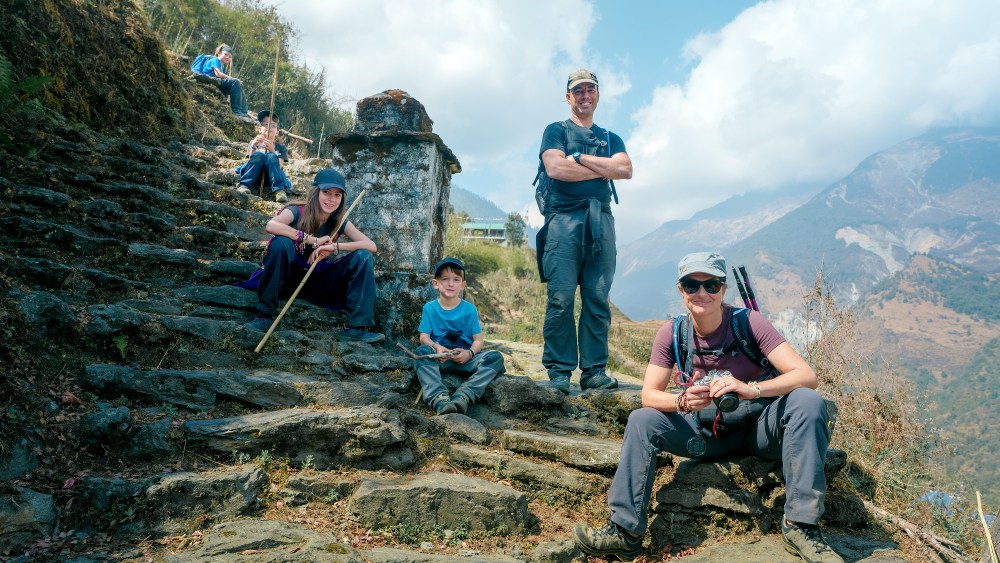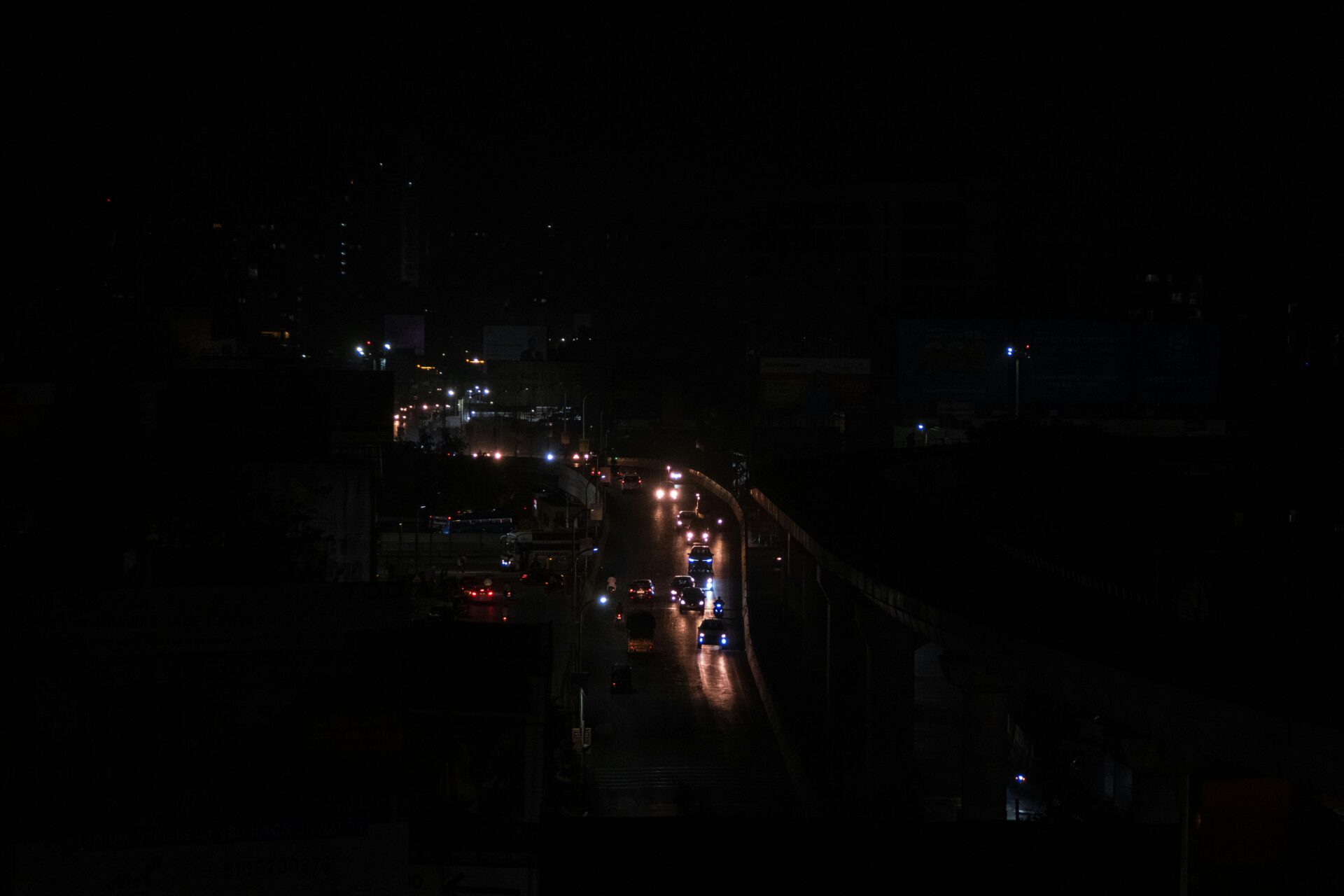In Canada, Édith Lemay and Sebastian Pelletier, proud parents of four children, are faced with a heartbreaking reality. Three out of their four children are suffering from a congenital condition – retinitis pigmentosa, which will inevitably rob them of their sight. The situation is tragic, but Lemay and Pelletier are determined to fill their children’s’ remaining sighted years with as much visual stimuli as possible, planning a grand world tour for their children to create an arsenal of memories for times ahead.
Documentarians Edmund Stenson and Daniel Roher bring this touching narrative to the screen, showing the journey of this unique family. With a striking opening shot reminiscent of a fantasy world, the film artistically showcases the family’s journey in a barren snow-blanketed landscape, symbolizing their challenging journey against circumstances that remain indifferent to their dreams and hopes.
The film does not shy away from a poignant representation of the family’s reality. Yet, it delicately balances the bleakness of their narrative with warmer, holistic views, focusing on creating more engaging content around the family life. Logically, the irreversible loss of sight is a harsh reality to grapple with, but the parents and filmmakers’ approach projects a determined resilience, their relentless quest to making the best out of the situation.
The narrative devotes considerable time at their Montreal home, allowing audiences to connect and understand the vibrant family dynamics. Among the four children, Léo, aged nine, stands out due to his vivacious imagination and luck to escape the genetic disorder. Mia, the eldest eleven years old, is a natural-born leader, who guides her younger siblings, six-year-old Colin and four-year-old Laurent. Identified by their parents as the quirky and philosophical ones respectively, the sense of harmony amidst chaos brings a spirited light to their struggles with retinitis pigmentosa.
The film traverses the heartbreaking reality of three children gradually witness their world fade away while delicately touching on their understanding of blindness. In a moving scene, Laurent candidly expresses his lack of comprehension of blindness despite the family constantly discussing it. This heart-wrenching confession subtly underlines the question of whether the grandeur of planning a worldwide adventure overshadows the need for more honest discussions about the harsh reality.
In the end, the film subtly implies that while exploring the world per se – spotting giraffes, camels or even hiking the Himalayas matters, nothing compares to the value of experiencing quality time as a family. It deftly balances the grandeur of breathtaking natural world footage with the intimate shots of the children immersing themselves in play, engaging with their imaginations, laughing and fighting – the simplicity of these moments feel unadulterated and poignant.
The film eventually winds towards its conclusion, showcasing a touching scene back home in Canada. The three children who will soon lose their ability to see are seen playing with puppies. But these aren’t average puppies; they are future guide dogs in training, playing with the children who they will eventually guide through life. This scene might seem ordinary, yet it perfectly encapsulates the power of the film’s narrative – a tale of familial love and resilience against the inevitable, the power of creating memories and the undaunted spirit of living life to its fullest, no matter the circumstance.
Overall, Stenson and Roher’s film is a testament, an homage, to one family’s unconditional love and courage, their resolve to cherish every moment together despite the impending darkness. It is a powerful narrative that prompts us to reassess the value of our vision and the world around us and to truly appreciate the unimaginable strength of love and resilience.




